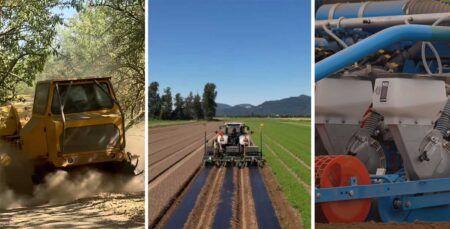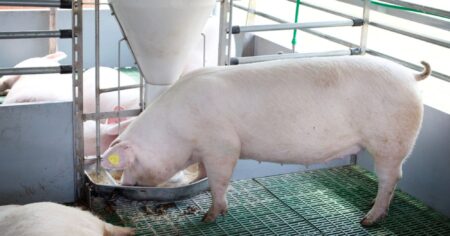This week the U.S. Drought Monitor showed drought-stricken areas, from southern Missouri and Arkansas into the northeast U.S., received amounts of 1-2 inches with locally higher amounts in northwestern and southern Arkansas, parts of Tennessee and Kentucky and in eastern New York and southern New England. At the same time, dry weather continued in northern parts of Illinois, Indiana, Ohio, most of Lower Michigan and the northern Great Plains and Upper Midwest. Above-normal temperatures were standard across the majority of the U.S., except for parts of Arizona and New Mexico. In most of the U.S., temperatures were between 2-6°F above normal, while the northern Great Plains, Upper Midwest and Northeast experienced heat that generally ranged from 6-10°F warmer than normal in September, according to the U.S. Drought Monitor.
Midwest
The Midwest experienced abnormally warm temperatures the last week of September with temperatures of 6-10°F above normal in Ohio, Indiana, northern Illinois, Iowa, Wisconsin, and Lower Michigan. Southern portions of Missouri, Illinois, Indiana, and Ohio, much of Kentucky, and parts of west-central Missouri and southeastern Michigan received 1-3 inches of precipitation, which resulted in 1-category improvements where short-term precipitation shortfalls lessened and soil moisture and streamflow increased. There were 2-category improvements in western West Virginia, while isolated 2-category improvements occurred in southeast Ohio and far northeast Kentucky.
Phil Krieg, agronomy service representative for Syngenta Crop Protection in Illinois, shared that his territory received spotty rains to start the week.
“The rainfall ranged from just a couple tenths up to 3-5 inches along the I-70 corridor around Vandalia, Ill.,” said Krieg. “As dry as the soil was, any rain that fell did not slow harvest as the soil soaked it up quickly. By the end of the week, we were back to high temperatures in the mid- to upper-80s and there is no rain in the forecast for the next 10-14 days.”
Field fires are a concern and local fire departments have asked farmers to have tillage equipment hooked up and ready to help fire departments keep fires contained, shared Krieg.
Mostly dry weather occurred in northeast Missouri, central and northern Illinois, the northern half of the Michigan Lower Peninsula, Iowa, Minnesota, Wisconsin, and Michigan’s Upper Peninsula.
For Ryan Gentle, Illinois Wyffels agronomy manager, it’s been hot and dry.
“Many areas are going on 30-45 days with no rain,” said Gentle. “Next week is going to continue the high heat and no rain pattern.”
The lack of precipitation resulted in a decrease in soil moisture and streamflow and growing short-term rainfall deficits that led to 1-category degradations in parts of northern Minnesota, the central Michigan Lower Peninsula, northern Indiana, northwest Ohio, central and northern Illinois and nearby southern Wisconsin and the St. Louis area.
In northwest Iowa, southern Minnesota, and eastern South Dakota where Wyffels agronomy manager Jared Goplen provides agronomic support, the weather has been unusually warm and dry.
“Dew points have dropped as well over the weekend which has really sped field drying of both soybeans and corn,” said Goplen. “We will likely be losing close to a point of moisture per day in the corn over the better part of this next week as temperatures stay warm and dry.”
High Plains
This week, most of the High Plains experienced warmer-than-normal temperatures. There was widespread moderate to heavy precipitation from southwest Nebraska and northwest Kansas into northern Colorado and southeast Wyoming. Parts of northeast Colorado and adjacent parts of Nebraska and Kansas received precipitation amounts that locally exceeded 2 inches.
In northern Colorado and southeast Wyoming, recent precipitation improved soil moisture and streamflow and reduced precipitation shortfalls, leading to widespread 1-category improvements. South-central South Dakota is no longer in a moderate drought thanks to recent wetter weather.
However, moderate drought expanded slightly in the San Luis Valley of south-central Colorado.












